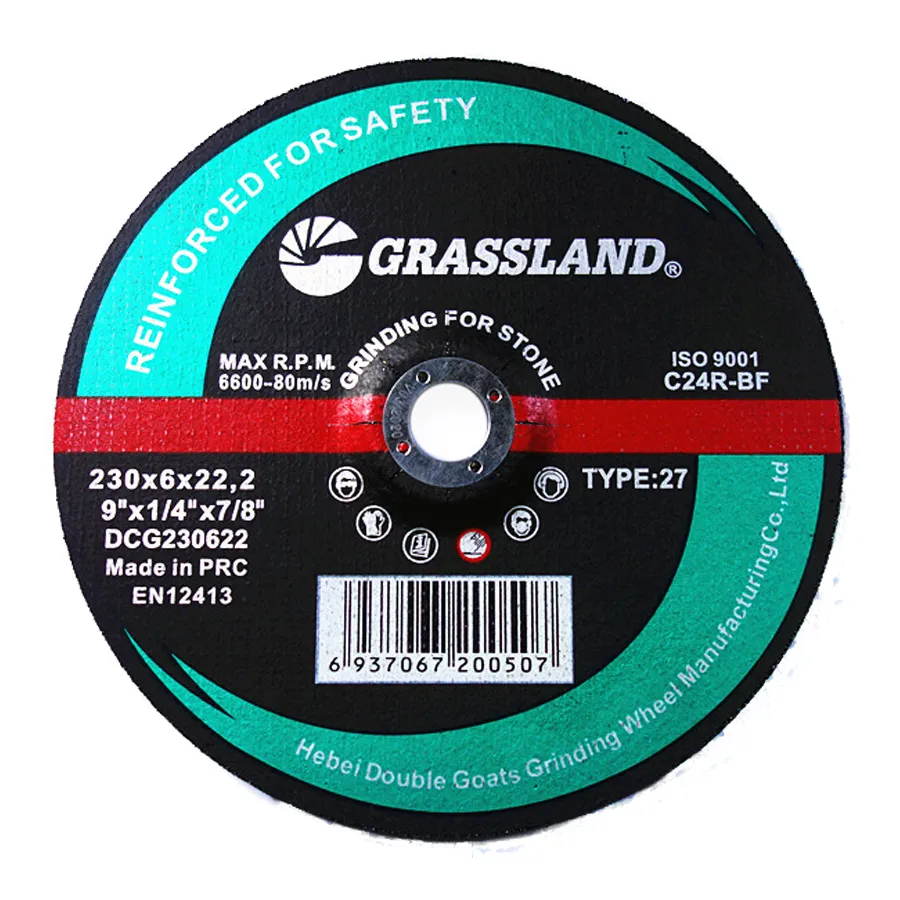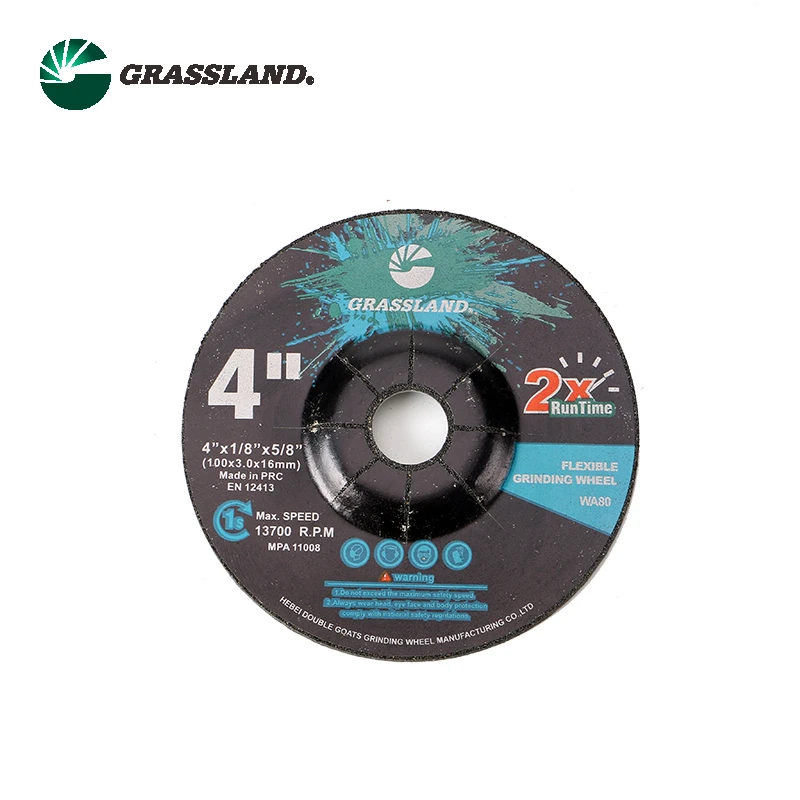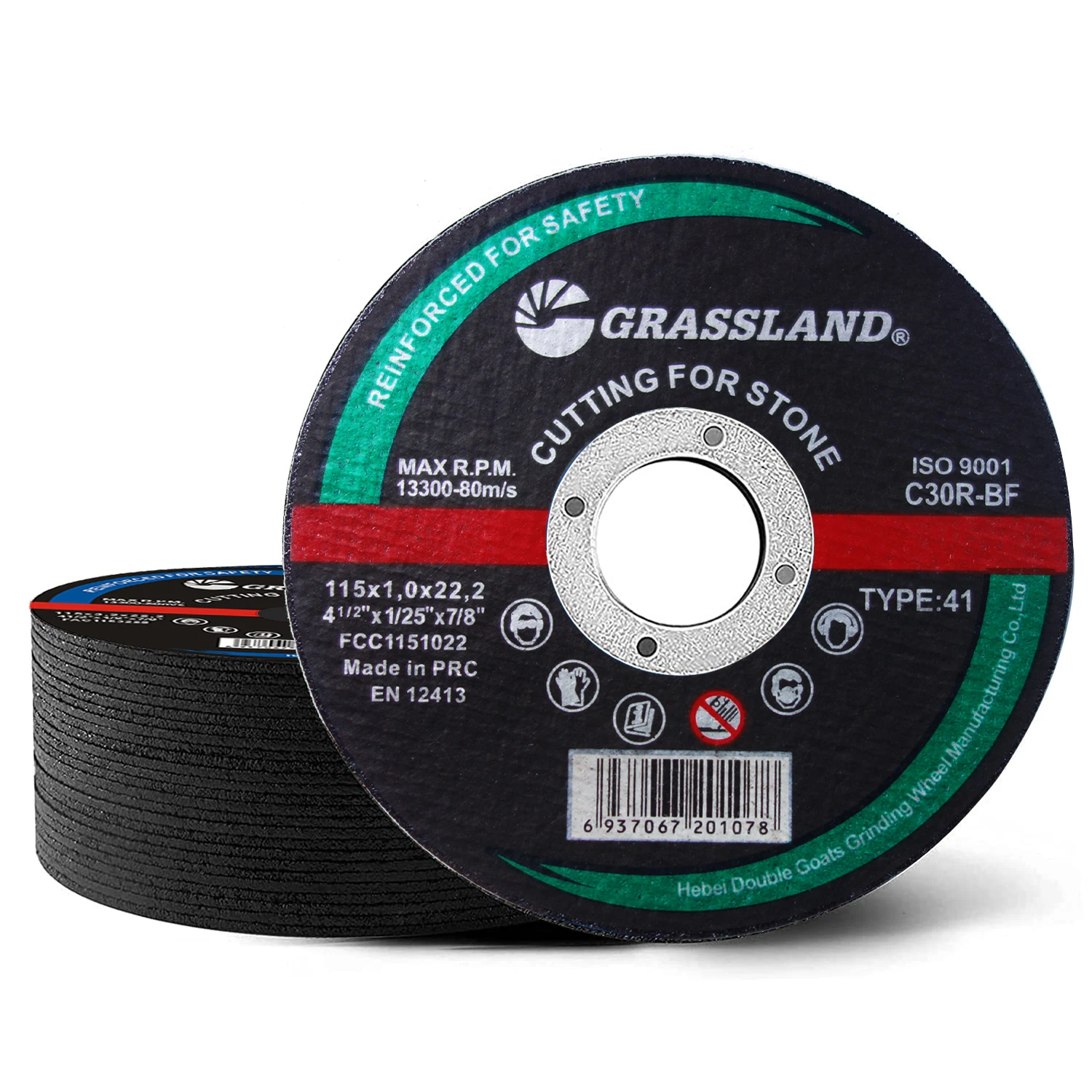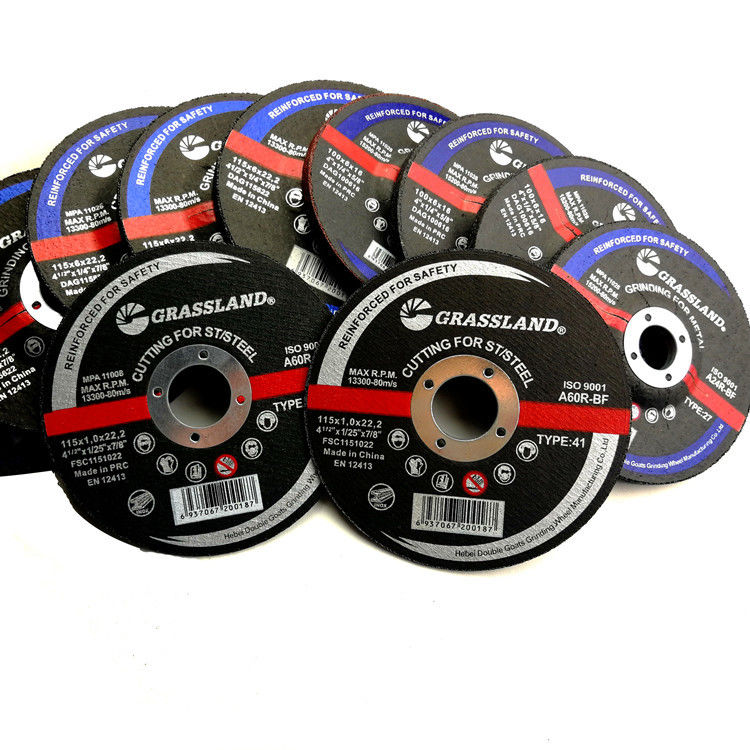Understanding Cutting Discs Quality and Pricing
In the world of manufacturing and construction, cutting discs play an essential role in various applications. These circular tools, typically made from abrasive materials, are crucial for cutting, grinding, and polishing a variety of materials, including metal, wood, and concrete. As the demand for cutting discs continues to grow, understanding their pricing dynamics becomes increasingly important for both consumers and suppliers.
The Importance of Quality in Cutting Discs
Not all cutting discs are created equal. The quality of a cutting disc directly affects its performance, durability, and safety. Higher-quality discs tend to offer better cutting efficiency, longevity, and reduce the risk of breakage during use. They are often designed with advanced technology and materials, such as diamond-tipped edges or specialized abrasive formulations.
Manufacturers often produce cutting discs tailored for specific applications, including general-purpose cutting or specialized tasks like masonry or metalworking. When selecting a cutting disc, it is vital to consider the material it is designed for, the thickness of the disc, and the RPM (revolutions per minute) rating. These factors not only influence the effectiveness of the cutting process but also contribute to the overall cost.
Factors Influencing Price
Several factors determine the price of cutting discs. Material quality, manufacturing process, and brand reputation are primary contributors. Discs made from high-grade abrasives such as zirconia or diamond will typically command a higher price than those made from standard aluminum oxide. The production techniques employed also play a role; discs manufactured through advanced methods often feature enhanced performance characteristics but can be pricier.
discos de corte precio

Additionally, market demand and supply chain dynamics can affect prices. During periods of heightened construction activity, or when raw materials are scarce, the cost of cutting discs may rise. Conversely, in a saturated market or during economic downturns, prices may decrease.
Analyzing Price Trends
To navigate the complex landscape of cutting disc pricing, it is helpful for consumers to stay informed about market trends. Comparing prices across different suppliers and keeping an eye on significant fluctuations in material costs, for example, can aid in making more informed purchasing decisions. Customers should also consider bulk purchasing options, as suppliers may offer discounts for larger orders, reducing the overall cost per unit.
Benefits of Investing in Quality
While the upfront cost of high-quality cutting discs may be greater, they often result in lower long-term expenses. Quality discs can lead to faster cutting speeds, reduced downtime due to frequent replacements, and improved safety. Moreover, the efficiency of better-performing discs can translate into cost savings in labor and material wastage.
Conclusion
In conclusion, the market for cutting discs is not just a straightforward realm of price comparison. It involves understanding the importance of quality, the factors influencing pricing, and the advantages of investing in superior products. For professionals in construction and manufacturing, choosing the right cutting disc can make a significant difference in project outcomes. By being informed about these dynamics, consumers can not only select the products that best meet their needs but also optimize their project budgets efficiently. Ultimately, having a solid grasp of cutting disc pricing and quality will empower users to make smarter, more strategic purchasing decisions.
Post time:Nov - 23 - 2024

















